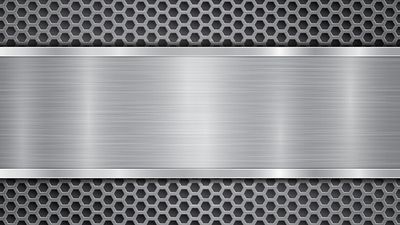Contact us today 1-505-880-1856
Contact us today 1-505-880-1856
Plating for Anti-Galling
Reducing metal on metal adhesion
Anti‐galling properties can be enhanced through various plating techniques that introduce specific materials or coatings to reduce friction and prevent material transfer between sliding or rotating surfaces. Different plating methods and materials can be employed to achieve anti‐galling effects. Here are some common approaches:
Silver Plating:
Silver is known for its lubricious properties, and silver‐plated surfaces can provide anti‐galling benefits. Silver plating is often used in applications where low friction and good lubricity are essential, such as in connectors and sliding components.
Gold Plating:
Gold has excellent corrosion resistance and low friction properties. Gold‐plated surfaces can act as effective barriers against galling, especially in applications where the components may be subjected to corrosive environments.
Tin Plating:
Tin plating, while not typically considered a dedicated anti‐galling coating, can provide some lubricity and corrosion resistance. Tin is a relatively soft metal, and its plating can offer protection against galling in certain applications.
Other methods available upon request:
Chrome Plating:
Chrome plating can be used to reduce friction and wear in certain applications. While it is not typically considered an anti‐galling coating, it can provide some benefits in terms of surface hardness and smoothness, contributing to wear resistance.
Electroless Nickel‐Boron:
Electroless nickel‐boron plating, particularly with high boron content, can provide good wear resistance and low friction. It is used in applications where galling prevention is essential.
Electroless Nickel‐Phosphorus with Additives:
Electroless nickel‐phosphorus plating can be enhanced with additives such as boron nitride or PTFE particles. These additives provide lubricating properties to the plated surface, improving wear resistance and reducing the risk of galling.
The choice of plating method or coating depends on the specific requirements of the application, including environmental conditions, load‐bearing capacity, and the need for both wear resistance and low friction. Additionally, it's essential to consider factors such as substrate material, cost, and compatibility with other materials in the system.

This website uses cookies.
We use cookies to analyze website traffic and optimize your website experience. By accepting our use of cookies, your data will be aggregated with all other user data.